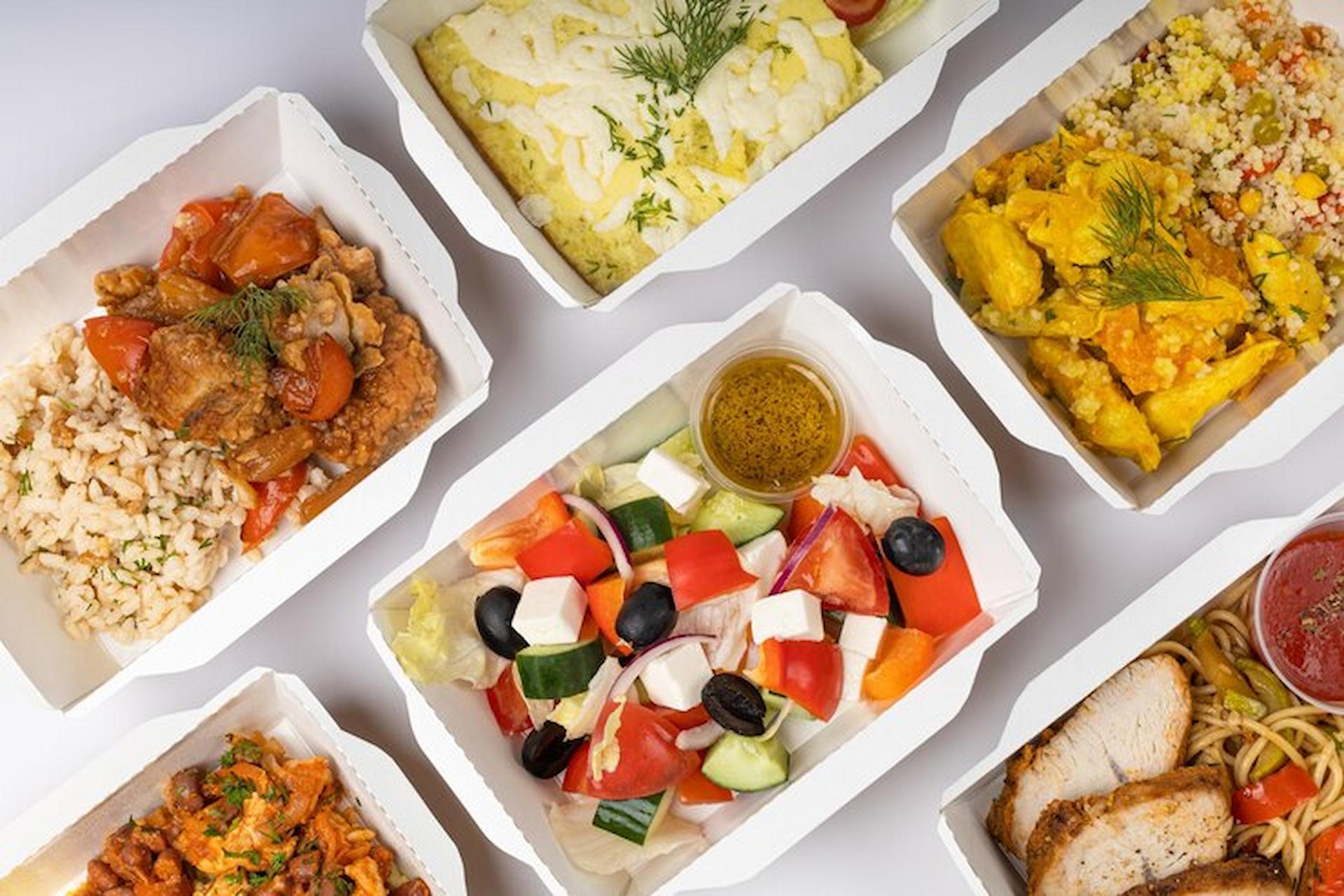
In today’s fast-paced lifestyle, the prioritisation of convenience frequently overshadows environmental concerns. Nevertheless, the food industry is responding proactively with a growing global awareness of the repercussions of our choices on the planet. Meal trays, integral to our dining experiences, have undergone a notable transformation in recent years. Beyond their primary role in facilitating easy consumption, food platters are now key players in sustainable packaging. In this exploration, we delve into the significance of sustainable materials in modern food tray packaging and how this shift influences the broader ecological landscape.
The Rise of Sustainable Food Trays
Sustainability in Design: Historically, food trays were made from materials such as styrofoam and plastic, known for their detrimental environmental impact. Yet, the surge in sustainable materials has initiated a significant change. Progressively, manufacturers are choosing environmentally friendly options, including biodegradable plastics, moulded fibre, and edible packaging. These materials diminish the carbon footprint of the manufacturing process while minimising the environmental impact during disposal.
Reducing Single-Use Plastic: A critical environmental issue associated with traditional meal trays is their contribution to accumulating single-use plastic waste. The global struggle against the repercussions of plastic pollution places a pivotal responsibility on the food industry to address this concern. Sustainable trays, frequently crafted from plant-based materials, are a practical alternative to their plastic counterparts. By choosing trays that break down naturally, we can significantly decrease the burden on landfills and marine ecosystems.
The Environmental Impact of Sustainable Food Trays
Carbon Footprint Reduction: The manufacturing process of traditional serving trays often entails the extraction and refinement involving the utilisation of fossil fuels, resulting in the release of greenhouse gases. In contrast, sustainable materials like bamboo, bagasse, and recycled paper have a substantially lower carbon footprint. These materials require fewer resources and energy to produce, making them a more environmentally responsible choice. By embracing such materials, the food industry can play a pivotal role in reducing its impact on climate change.
Preserving Biodiversity: Adopting sustainable meal trays aligns with broader conservation efforts. Unsustainable practices, such as deforestation for raw materials, can lead to habitat loss and ecosystem disruption. Sustainable materials are sourced with a focus on preserving natural environments, helping maintain the delicate balance of ecosystems. As consumers become more eco-conscious, their choices in the marketplace can drive positive change and encourage responsible sourcing practices.
Consumer Awareness and Demand
Educating the Masses: While sustainable food platters are making their mark in the market, consumer awareness remains critical in driving widespread adoption. Initiatives to educate the masses about the environmental impact of packaging choices are gaining momentum. From informative labelling to marketing campaigns emphasising sustainability, the food industry actively engages consumers in the dialogue about eco-friendly alternatives. As people become more conscious of their environmental footprint, the demand for sustainable meal trays is expected to soar.
Influence of Ethical Consumerism: Modern consumers are more discerning than ever, aligning their purchasing decisions with values and ethics. Ethical consumerism is a driving force behind the shift towards sustainable meal trays. Consumers are showing a growing inclination to patronise businesses that prioritise environmental responsibility. As the desire for eco-conscious products continues to rise, the market responds with innovation and a broader range of sustainable options, creating a positive feedback loop that benefits both consumers and the planet.
Challenges and Opportunities
Innovations in Packaging Technology: While adopting sustainable meal trays is a positive step forward, challenges persist. Innovations in packaging technology are crucial to overcoming these hurdles. Researchers and manufacturers are actively investigating novel materials and design concepts to enhance sustainable food trays’ durability, functionality, and shelf life. From edible coatings to advanced bioplastics, the industry is on the cusp of groundbreaking breakthroughs that promise to redefine the eco-friendly packaging landscape.
Balancing Cost and Sustainability: One of the primary concerns for businesses when transitioning to sustainable packaging is the potential cost increase. Nevertheless, with the progression of technology and the implementation of economies of scale, the cost of producing sustainable food trays is gradually becoming more competitive. Balancing cost considerations with the long-term benefits of environmental sustainability remains critical to the ongoing transition.
Conclusion
In the quest for sustainable living, even seemingly small components of our daily routines, such as food platters, can wield significant influence. The rise of sustainable materials in modern food tray packaging is more than a trend; it is a testament to the collective effort to minimise our ecological impact. By choosing materials that prioritise the health of our planet, we not only contribute to the well-being of current and future generations but set the stage for a more sustainable and harmonious coexistence with nature.
In the grand tapestry of environmental conservation, sustainable meal trays are a thread that connects individual choices to global outcomes. As consumers, businesses, and policymakers unite in pursuing eco-friendly practices, the impact on the planet becomes profound. Let us embrace the transformative power of sustainable food tray packaging, nourishing ourselves and the Earth we call home.


Leave a Reply
You must be logged in to post a comment.